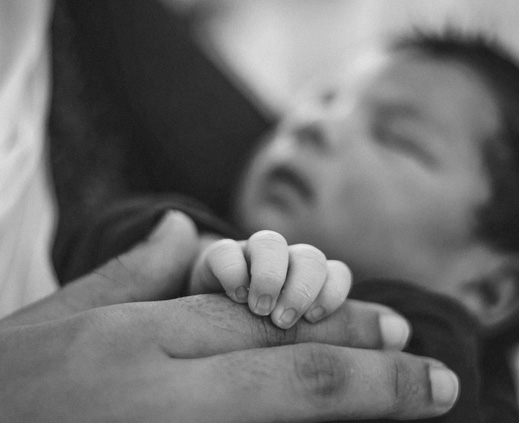What is The Hague Convention?
The Hague Convention on the Civil Aspects of International Child Abduction 1980 is an international treaty with 103 signatories worldwide (as of January 2025). Under the Convention, a child is considered abducted if they are taken across international borders by one parent without the other parent’s consent. The motive for taking the child is not relevant.

To deal with this problem, the Convention established a remedy of immediate return. This ensures maximum cooperation between Contracting States to return the child promptly to their ‘habitual residence’ and their status quo ante. At this point, the courts in the child’s habitual residence can decide what is in the best interests of a child. (It is worth pointing out that, if a return order is made, it is for the child; the ‘abducting’ parent is not legally obligated to return.)
In terms of its core objective – of reuniting parents and children – the Hague Abduction Convention has been extremely successful and has protected many children from harm.
So what’s the problem?
The Convention was originally designed to deal with abducting fathers, and to return children to their primary-carer mothers. Now, however, around 75% of the parents who are brought before the courts are mothers (HCCH Global Report 2023). And many of them are fleeing domestic abuse, trying to get to safety in their home country with their child. These cases are brought by the perpetrators of that abuse with support from the state.
In a majority of cases (59%-66% ibid Table 66), and even when there is clear evidence of violence or coercive control by the father, the courts decide that the child must be returned. As the child’s primary carer, most mothers return too – in spite of the very real risks to their safety.
Their situation is now precarious in the extreme. They face an escalation of violence and abuse from the child’s father, economic hardship, and potential homelessness.
Labelled by the courts as a child abductor and kidnapper, mothers are branded a risk to their own children. Should there subsequently be a custody battle, as there often is, this puts them at a serious disadvantage in the custody case they will then have to fight in a foreign court. In some countries, abduction is a criminal act; mothers face jail sentences for trying to keep themselves and their child safe.


Even if they lose custody, mothers will invariably try to remain in the foreign country in order to be near their child and to have a hope of seeing them. But at least a quarter of these mothers have no support in the father’s country, no family, limited finances, no legal representation, and, depending on the jurisdiction, no visa to remain in the country or to work there. For some mothers, their only option is to leave and go home alone. For many it will be years before they see their child again; some lose all contact.
And the child – who was supposed to be protected by the Convention – lives with the abuser, potentially losing all connection with their maternal family, culture, heritage, and even language.
